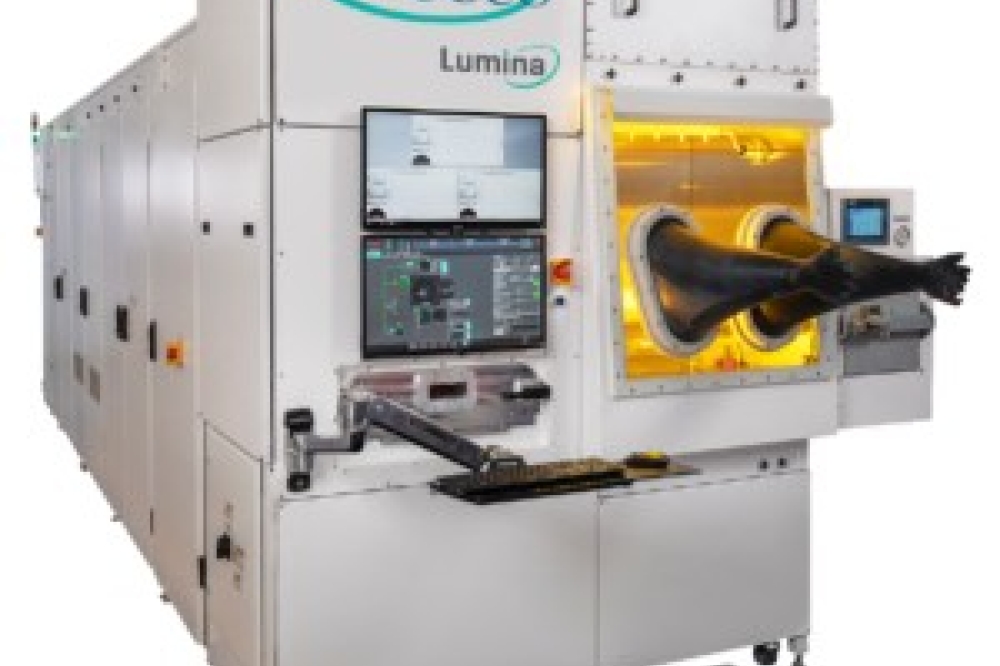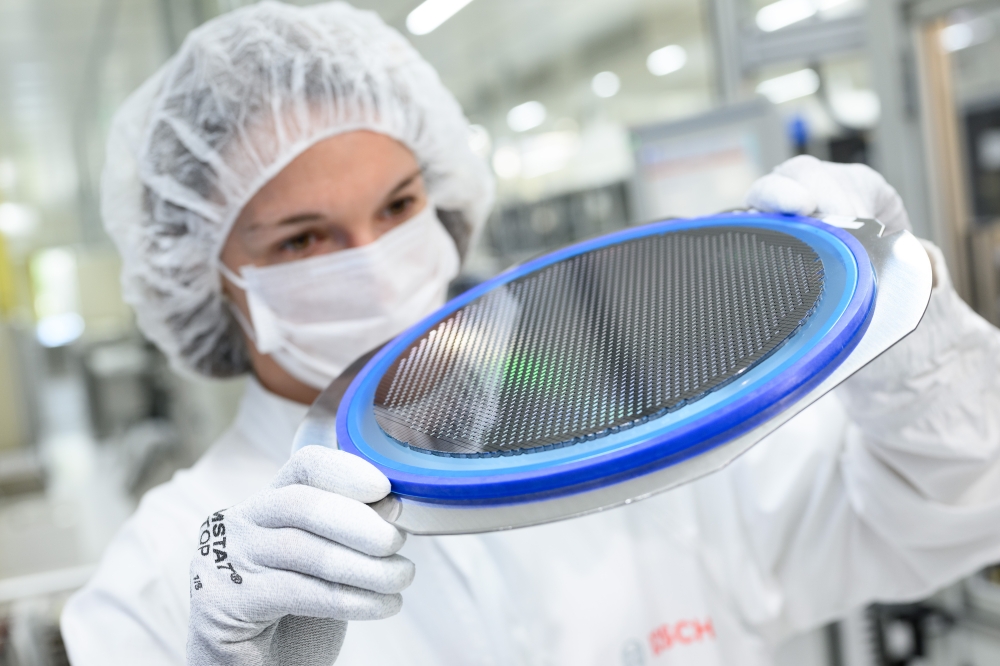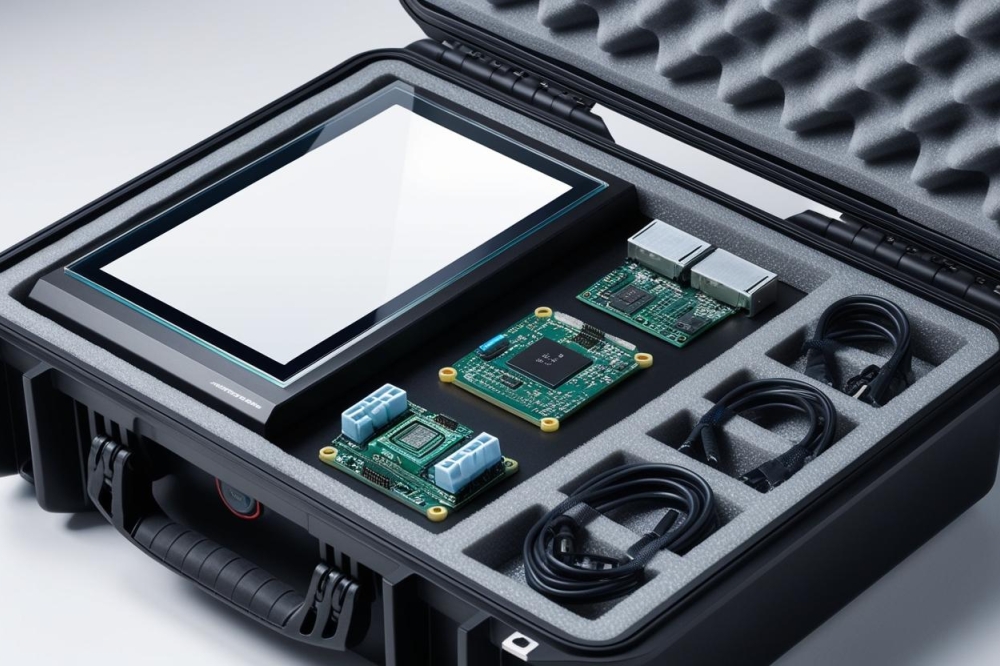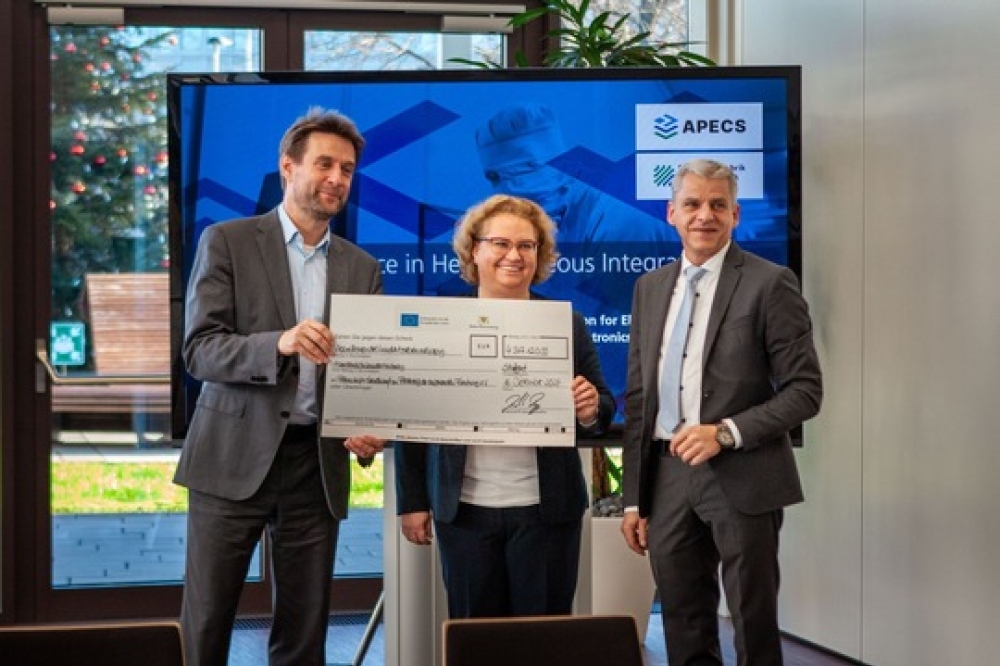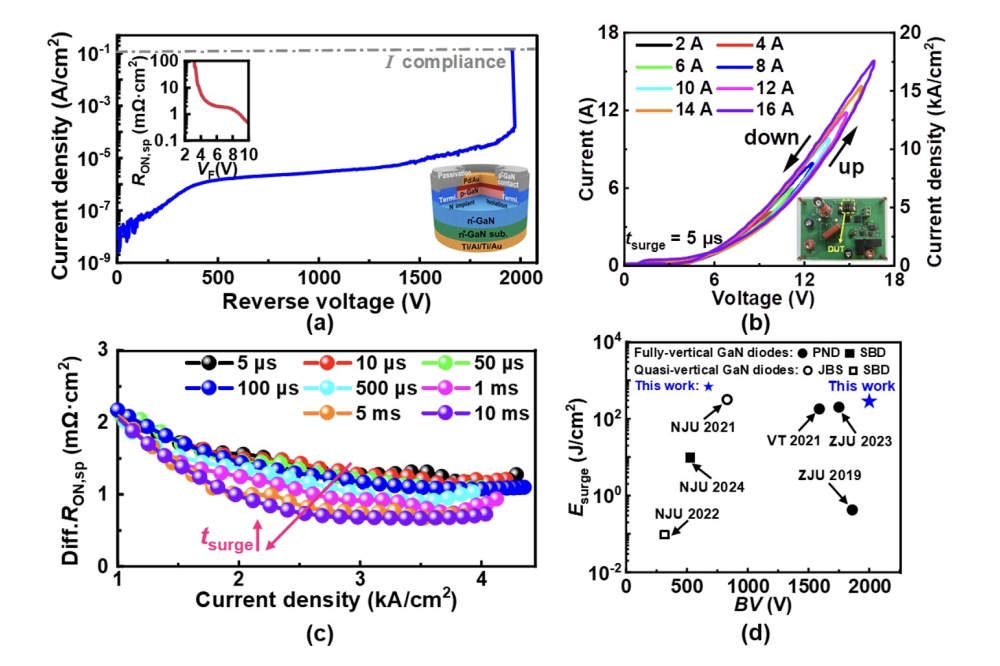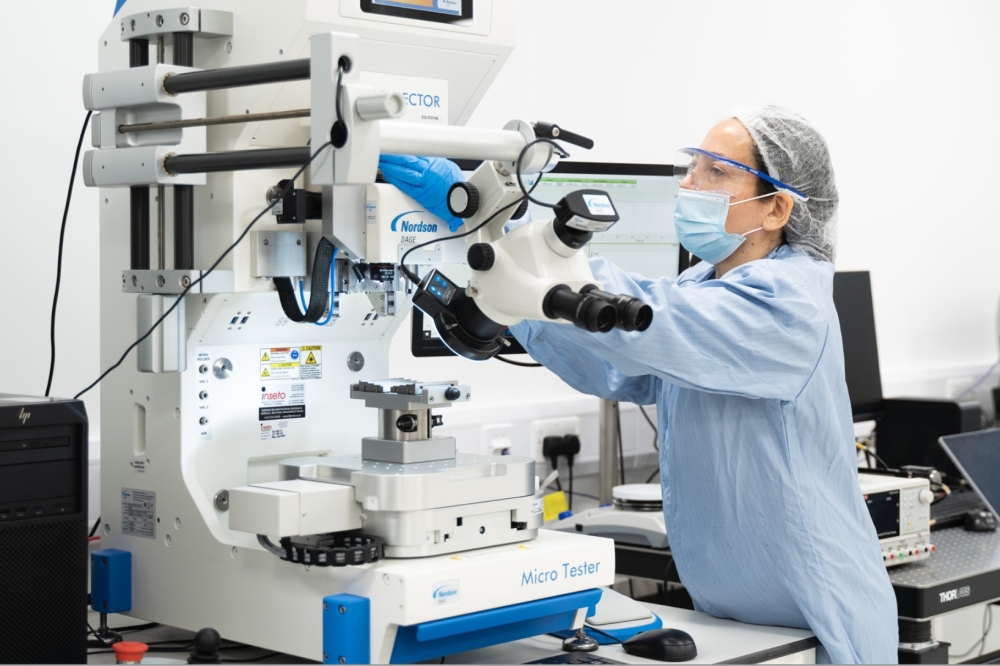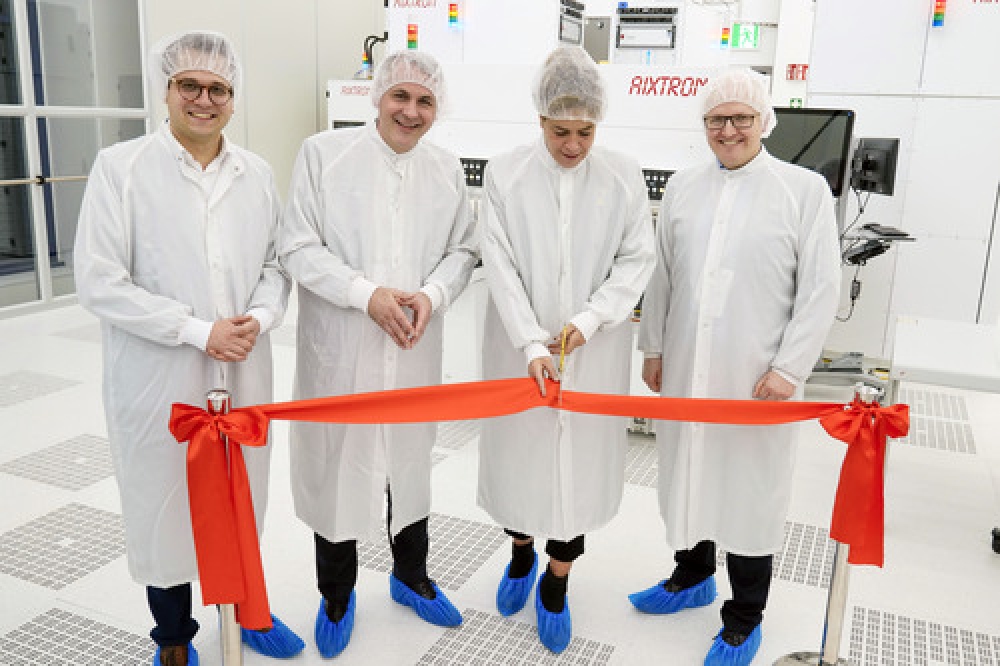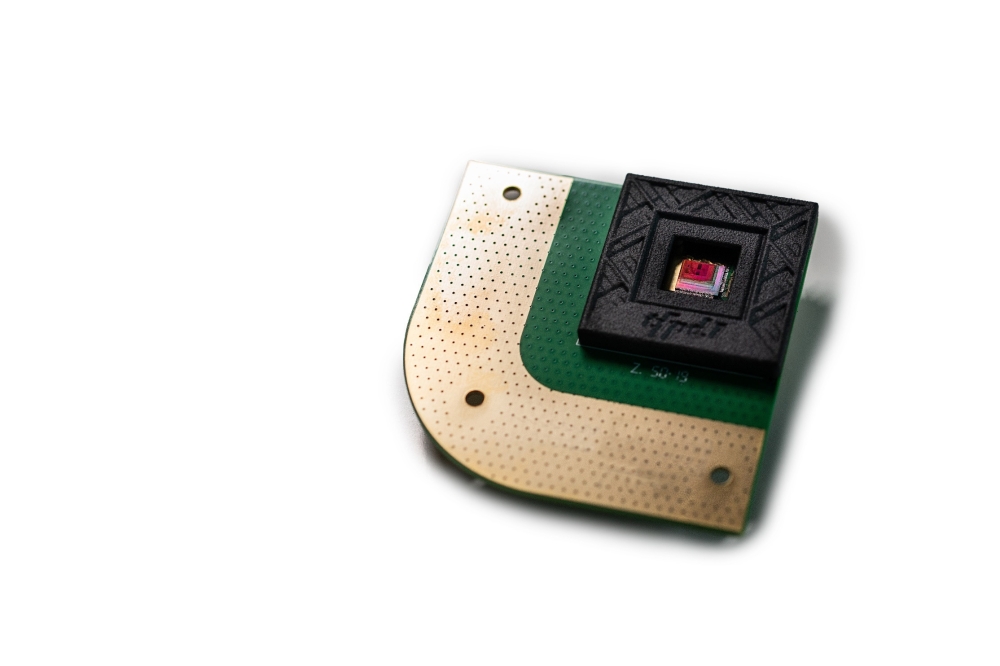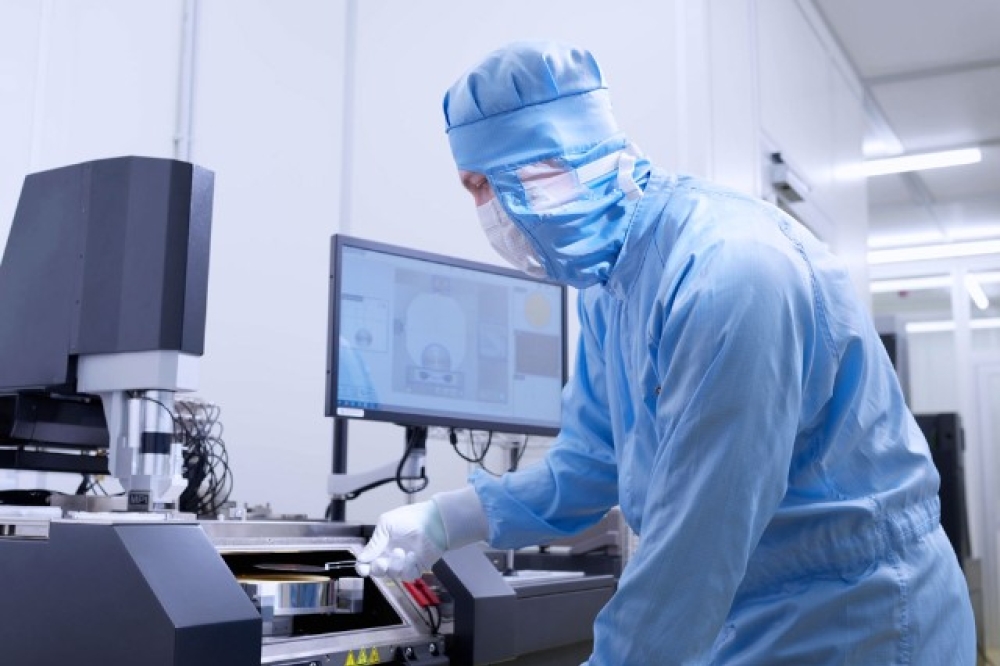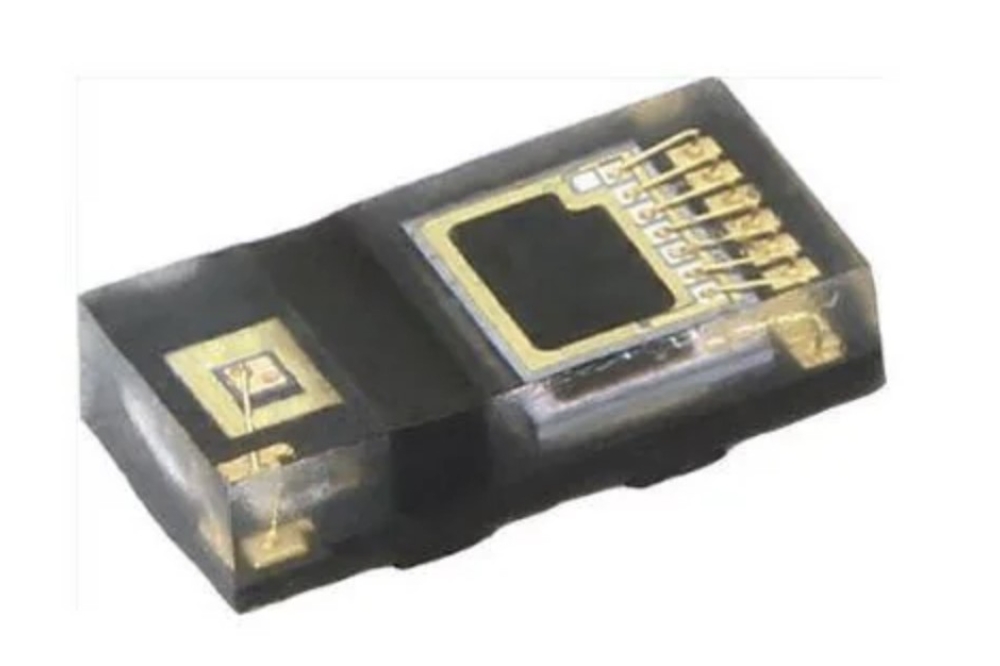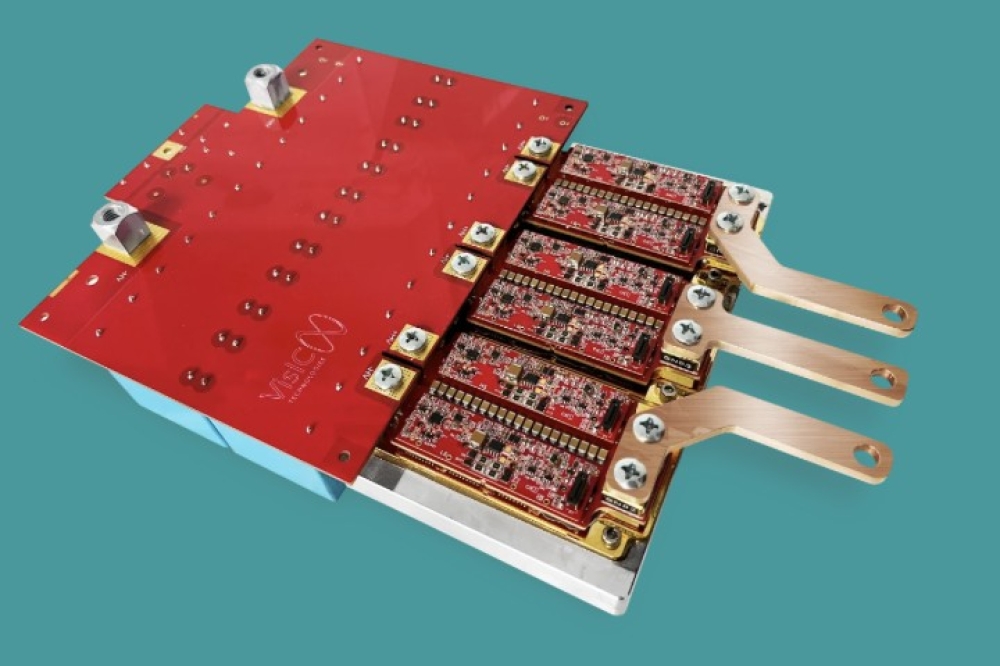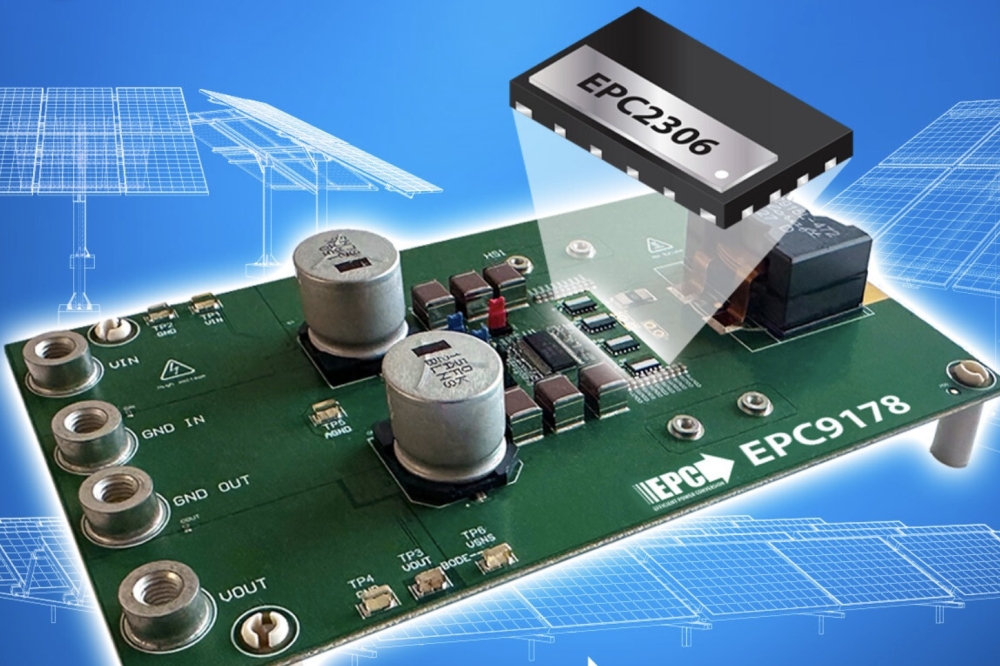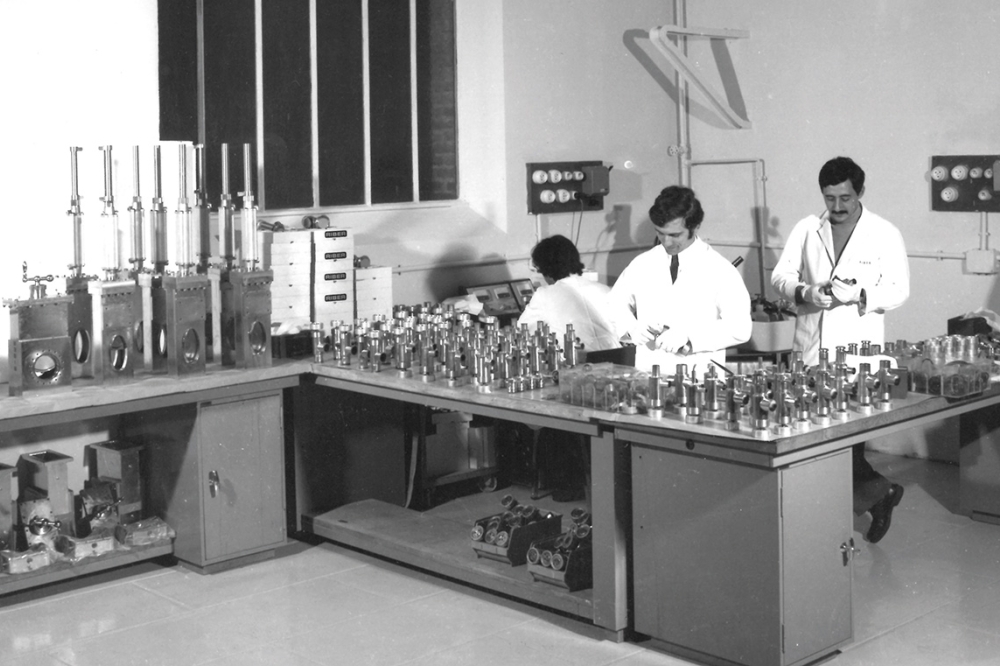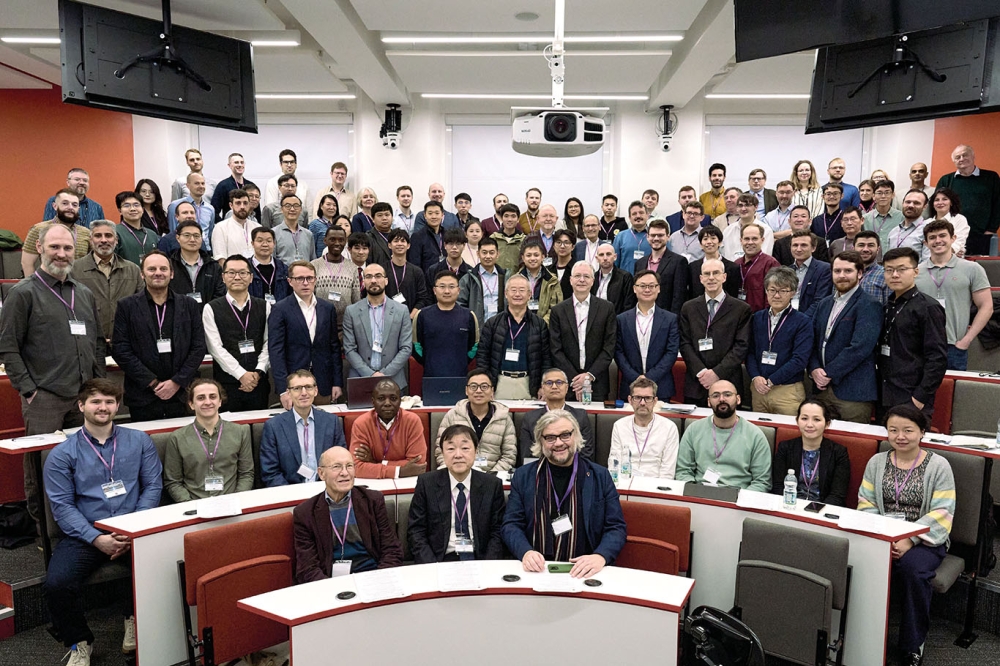Silicon carbide used in advanced astronomy instrument
NASA s Goddard Space Flight Center in Greenbelt, Maryland, has taken delivery of an astronomy instrument which uses silicon carbide to allow it to be light enough to fly onboard the James Webb Space Telescope.
The Near-Infrared multi-object Spectrograph, or NIRSpec, uses advanced ceramics based on silicon carbide in both its optics and its wider structure.
NASA explains that this helps to keep the weight of the device down, while allowing it to be one of the most advanced astronomical instruments ever created.
Operating at a temperature of 40 K (-233 degrees C), each microshutter on the NIRSpec must work over a lifecycle of around 100,000 open-close sequences.
In all, 250,000 shutters complete the design of the telescope, called Webb for short, with each measuring approximately the thickness of a human hair.
This allows 100 different objects in the sky to be observed at once, each for the necessary duration to allow enough faint light from the origins of the universe to be collected in order for analysis to be conducted successfully.



